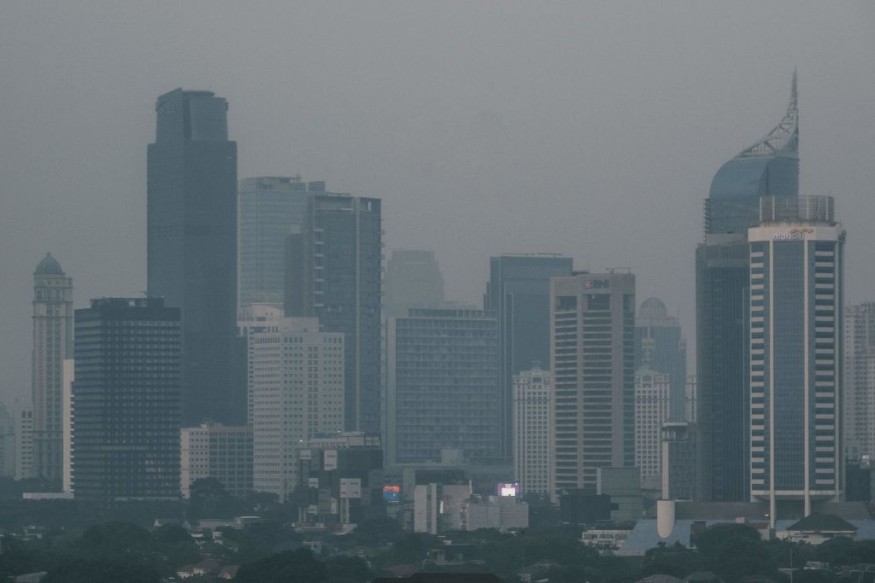
A recent study has shown that more interventions are needed in order to improve the air quality in highly-populated areas, including South Asia and the Middle East.
Researchers have discussed in the study how the fine particulate matter (PM2.5) has been considered as the world's leading environmental health risk factor.
They noted that even at only 2.5 micrometers or smaller, these particles are tiny enough to be inhaled and cause respiratory problems, such as asthma and bronchitis, and cardiovascular issues, including heart attacks and high blood pressure.
Read Also : Air Quality In Jakarta Deteriorates In Dangerous Levels; Execs Discuss How To Combat Pollution
Findings
Experts have said that careful monitoring of the fine particulate matter, especially in regions that are currently poorly monitored but highly populated, was critical to the ongoing efforts and measures to improve the air quality in these areas.
"There is need to continue to sustain and develop global monitoring capabilities for PM2.5 both from satellite, but also from ground-based measurements," Randall Martin, one of the researchers, said.
In the study, they stressed that quantification is needed of regional contributions to changes in global PM2.5 exposure.
So far, experts have observed that global population-weighted (PW) PM2.5 exposure, related to both pollution levels and population size, increased from 1998 (28.3 μg/m3) to a peak in 2011 (38.9 μg/m3).
The study noted that it then decreased steadily afterwards (34.7 μg/m3 in 2019).
Meanwhile, the post-2011 change was related to exposure reduction in China as well as the slowed exposure growth in other regions, especially South Asia, the Middle East and Africa.
"The post-2011 exposure reduction contributes to stagnation of growth in global PM2.5-attributable mortality and increasing health benefits per µg/m3 marginal reduction in exposure, implying increasing urgency and benefits of PM2.5 mitigation with aging population and cleaner air," the study indicated.
The study pointed out that the annual mean PW PM2.5 exposure changed substantially across 204 global territories over 1998 to 2019.
Before 2011, a significant (p < 0.05) growth in PM2.5 exposure occurred widely across 87 territories, which are located mainly in Asia, Africa and South America. Meanwhile, only 15 territories exhibited significant reductions.
On the other hand, during 2011 to 2019, the wide range of areas with significant decreases expanded substantially towards areas in Europe, Asia Pacific, Southeast Asia, Russia, Sub-Saharan Africa, and most notably, in China.
Further, other regions whose PW PM2.5 levels were clearly increasing before 2011 also showed decreases in the upward trends. These areas were the South Asia, North Africa, and South America.
The study further said that different trajectories of population-weighted trends in China and India offer examples of how different air quality management strategies can result in pronounced air pollution changes within just a short period of time.
China's fight against pollution
Recently, it was disclosed that China's pollution levels in 2021 had fallen 42% from 2013.
This is a significant success in the region, where pollution is getting worse in some parts, including South Asia.
According to the annual Air Quality Life Index, Chinese are expected to live two years longer as a result of China's effective fight against pollution.
The Chinese government had been limiting the number of cars on major city roads since 2014, prohibited new coal plants from being built in the most polluted areas, reduced emissions or closed existing plants, and reduced high-polluting industrial activity such as iron and steel manufacturing.
Related Article : China's War Pollution: Improved Air Quality Said to Extend Residents' Lifespan by 2 Years
Related Video:
© 2025 NatureWorldNews.com All rights reserved. Do not reproduce without permission.





